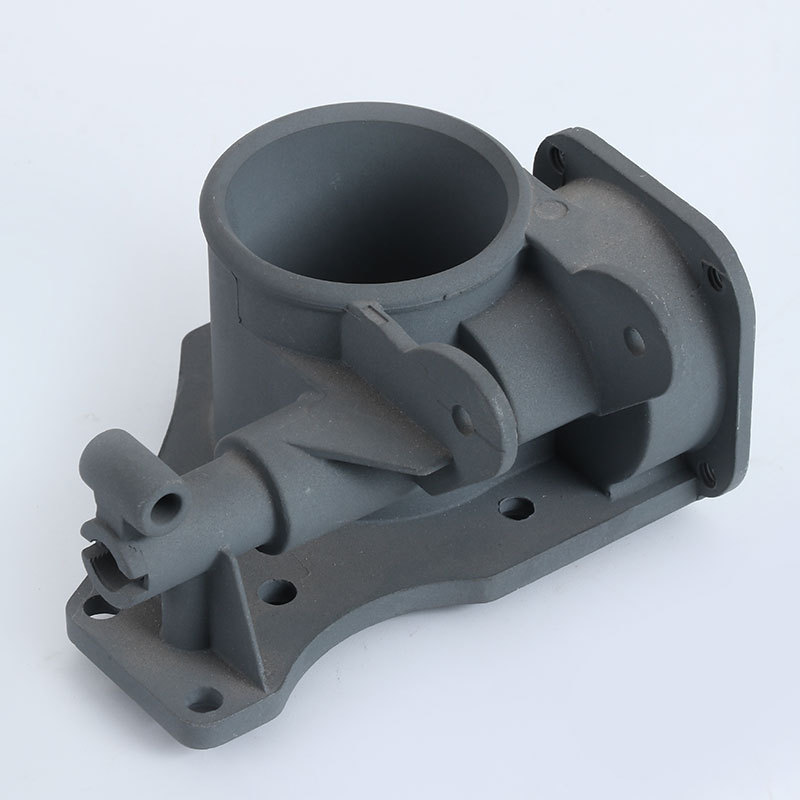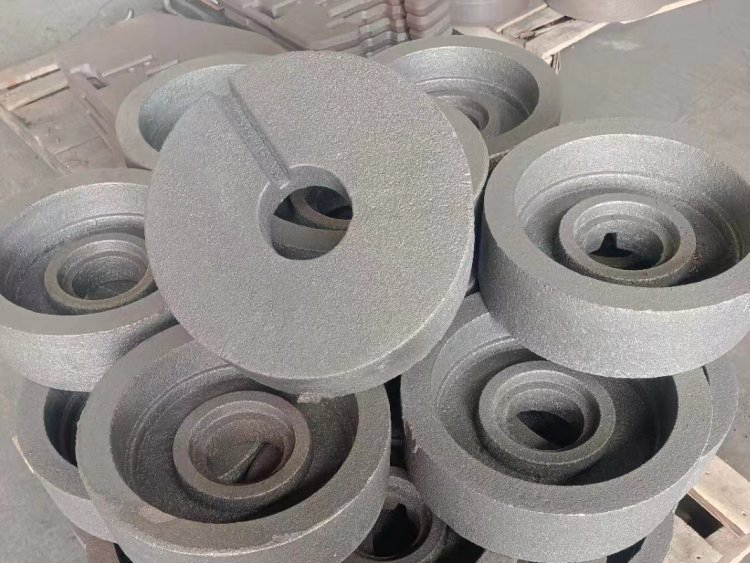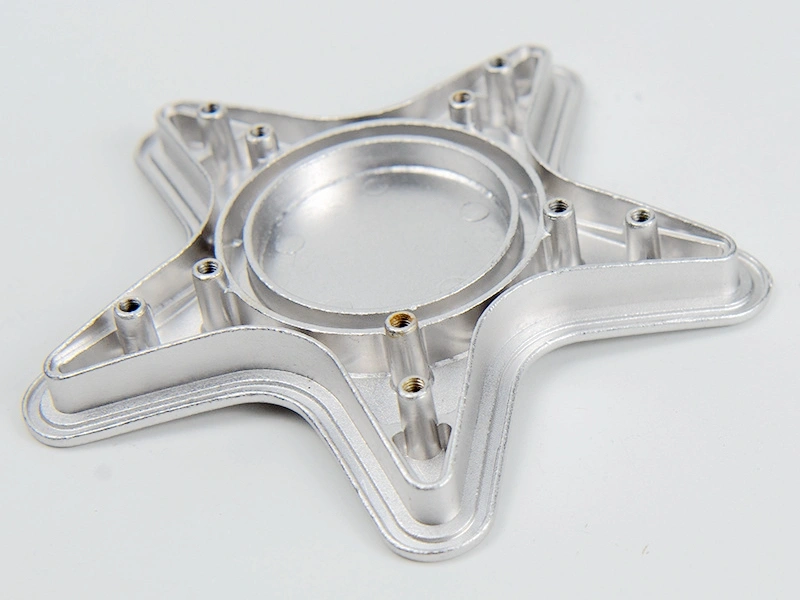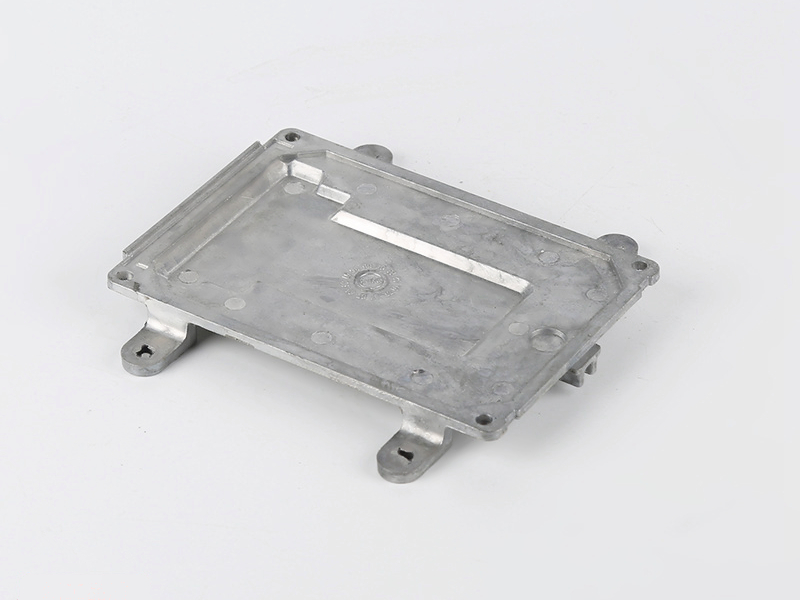Reliable and Durable: Die Casting Solutions for Industrial Machinery and Heavy Equipment
In sectors where performance, uptime, and ruggedness are critical, the components used in industrial machinery and heavy equipment must deliver consistent reliability under extreme operating conditions. Whether it's power transmission, structural support, or hydraulic systems, die casting offers a proven method to produce metal parts that meet the rigorous demands of heavy-duty applications.
At Neway, we provide engineered die casting services for industrial OEMs that need high-strength, corrosion-resistant components with tight dimensional tolerances. This article explains how die casting improves durability, simplifies production, and supports long-term operation in industrial environments.
Why Die Casting Is Ideal for Industrial Applications
Die casting enables high-volume production of components with complex geometries, excellent dimensional accuracy, and good mechanical performance. These features are vital in equipment exposed to vibration, pressure, impact, and temperature extremes.
Benefits of Die Casting in Heavy Equipment
Consistent tolerances up to ±0.05 mm
High cycle fatigue resistance
Fast production cycles (30–90 seconds per part)
Tooling lifespans exceeding 100,000 shots (aluminum) or 1 million (zinc)
Ability to consolidate multiple features into a single part
These advantages reduce part failure rates, simplify assembly, and minimize machining costs, which are crucial in mining, construction, agriculture, and energy sectors.
Typical Die Cast Components in Heavy Equipment
Die casting supports a variety of mechanical and fluid-handling systems. Common parts include:
Component Type | Examples | Key Requirements |
|---|---|---|
Structural Parts | Mounting brackets, casings, joint blocks | High rigidity, impact resistance, long life |
Powertrain | Transmission housings, oil pans | Heat resistance, tight sealing, dimensional accuracy |
Hydraulics | Valve bodies, pump covers | High pressure resistance, fatigue strength |
Enclosures | Motor housings, control boxes | Corrosion protection, EMI shielding, thermal stability |
Connectors & Supports | Flanges, arms, actuator plates | Load distribution, tolerance consistency |
Material Selection for Industrial Strength
Material choice directly impacts the part’s mechanical properties, corrosion resistance, and long-term performance. Below is a comparison of commonly used die casting alloys in industrial applications:
Material | Density (g/cm³) | Tensile Strength (MPa) | Features | Best Use Cases |
|---|---|---|---|---|
A380 Aluminum | 2.74 | 317 | Lightweight, good thermal conductivity | Transmission housings, motor brackets |
A356-T6 Aluminum | 2.68 | 310 (T6 heat-treated) | High ductility, corrosion resistance | Load-bearing components, pump enclosures |
ZA-12 Zinc-Aluminum | 5.3 | 400 | High wear and impact resistance | Actuator arms, gear housings |
Brass 360 | 8.4 | 345 | Corrosion and abrasion resistance | Valve components, hydraulic connectors |
Aluminum is generally used for larger structural parts where reduced weight is beneficial. Zinc-aluminum and brass offer higher strength and wear resistance for smaller, high-load components.
Die Casting Performance for Harsh Environments
Mechanical Durability
Industrial castings must endure impact, vibration, and mechanical shock. ZA-12 and A356-T6 provide fatigue limits above 100 MPa, with elongation up to 6%, ensuring parts maintain structural integrity even after prolonged use.
Dimensional Stability
Tolerances down to ±0.02 mm are achievable with precision tooling. This is essential for hydraulic components, where even slight deviations can result in leakage or inefficiency.
Thermal and Corrosion Resistance
A356 and A380 aluminum alloys can operate continuously at temperatures up to 150°C. When anodized or powder-coated, these parts meet or exceed 1000-hour salt spray resistance (ASTM B117), ideal for marine or outdoor machinery.
Post-Processing and Surface Treatments
At Neway, we offer full in-house post-processing services to meet industrial standards:
Post-machining with ±0.01 mm accuracy for critical fits
Sand blasting and tumbling to remove burrs and improve finish
Anodizing for corrosion protection and surface hardness
Powder coating for impact resistance and long-term outdoor durability
Painting for industrial color coding and branding
We tailor these finishes to meet industry requirements for visibility, corrosion protection, chemical resistance, and surface roughness.
Tooling and Production Capabilities
Neway’s tool and die making services ensure cost-effective, long-lifespan tools suited to demanding industrial parts.
Die life: 100,000+ cycles (aluminum); up to 1,000,000 (zinc)
Tool inserts: H13 tool steel, Inconel 718 for high heat/corrosion environments
Cavity accuracy: Within ±0.02 mm
Lead time: Tooling build within 3–5 weeks on average
Our process ensures consistency and cost efficiency for low-volume runs or mass production.
Case Study: Power Transmission Housing for Agricultural Machinery
An agricultural OEM required a robust die cast housing for a power transmission assembly. Design specs included:
Torque load support >450 Nm
120°C operating temperature
Surface Ra <3.2 µm
Corrosion resistance in high-humidity environments
Neway selected A380 aluminum alloy, with custom die geometry and integrated post-machining. After applying powder coating, the component passed 1000-hour salt spray testing and sustained 100,000+ operational cycles with no dimensional drift.
Why Heavy Industry OEMs Choose Neway
Our one-stop solution supports your program from concept to full-scale deployment:
Design consultation with DFM and thermal analysis
Custom tooling design to suit complex geometries
Rapid prototyping for functional testing and early validation
Integrated assembly and part packaging
Full traceability and ISO 9001:2015 quality management system compliance
We deliver high-performance die cast parts that meet industrial machinery manufacturers' technical and regulatory needs worldwide.
Conclusion
Die casting is vital in modern industrial manufacturing, providing rugged and dimensionally precise components that can withstand the harshest conditions. Whether you're building powertrain housings, hydraulic manifolds, or motor enclosures, Neway’s die-casting capabilities offer the performance, reliability, and scalability that industrial applications demand.
Contact us today to request a quote or discuss your project with a Neway engineer.
FAQs
What are the most durable die casting materials for industrial components?
Can die cast parts handle continuous mechanical loads and vibration?
How do surface treatments enhance durability in industrial environments?
What is the typical die life in heavy equipment applications?
How does die casting reduce cost and weight in structural parts?




